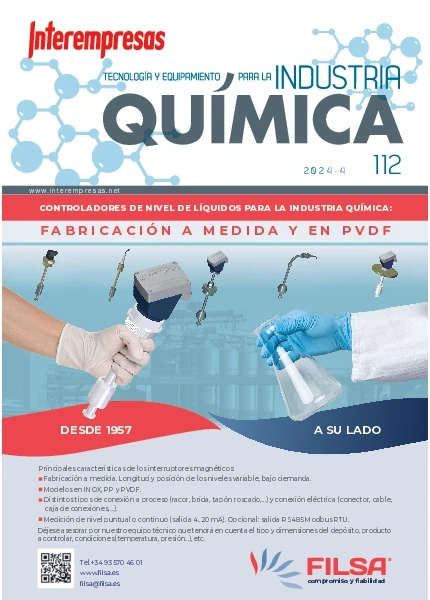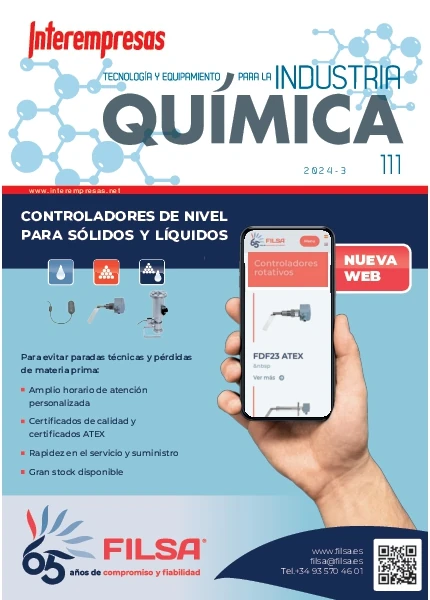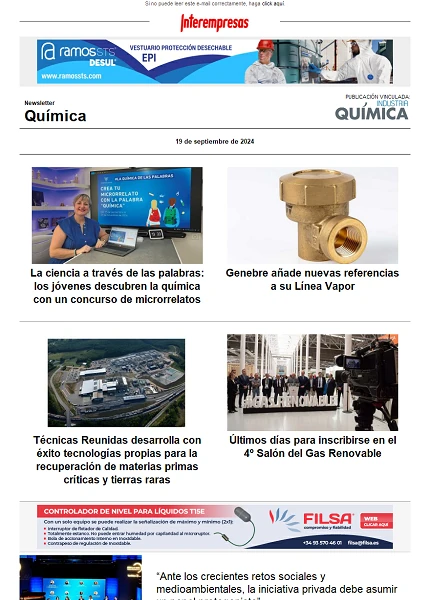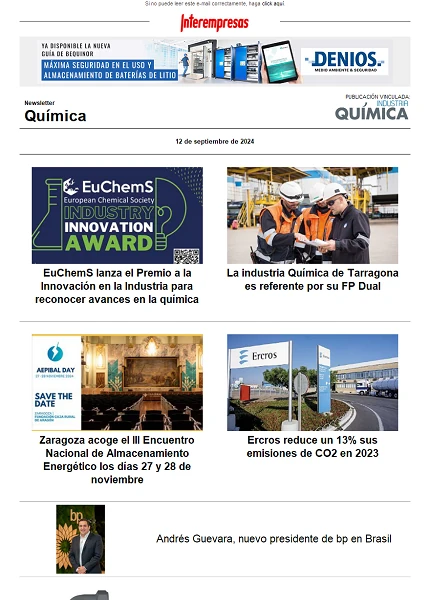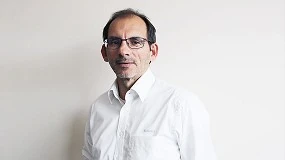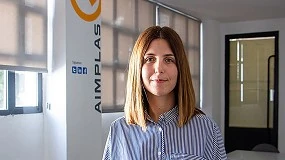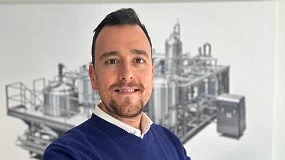Freixenet adopta el sistema de depuración Biocarb para depurar sus aguas residuales
2 de febrero de 2009
Un problema de aguas residuales
Desde el departamento de medio ambiente de Freixenet se observó que, como consecuencia del proceso de producción de cava, se generaban un total de 1.250 metros cúbicos a la semana de aguas residuales con una carga contaminante característica de aguas residuales de bodegas. Dado que el antiguo sistema de depuración -balsas de aireación- resultaba insuficiente para conseguir los objetivos de calidad en el vertido, se decidió invertir en una mejora del proceso de depuración. Los objetivos fijados por Freixenet eran, en primer lugar, obtener un proceso de depuración que complementara el proceso actual de forma eficiente, que permitiera incrementar al menos un 20 por ciento la capacidad de reducción de la carga contaminante y obtener un vertido a colector con una DQO siempre por debajo del límite establecido (1.500 ppm).
Además, se pretendía minimizar el impacto en superficie ocupada y respetar el entorno paisajístico, ya que la instalación estaría ubicada en un entorno natural donde se encuentran algunos de los viñedos más apreciados por su excelente calidad, los cuales son muy visibles durante los recorridos de las muy numerosas visitas que recibe la bodega.
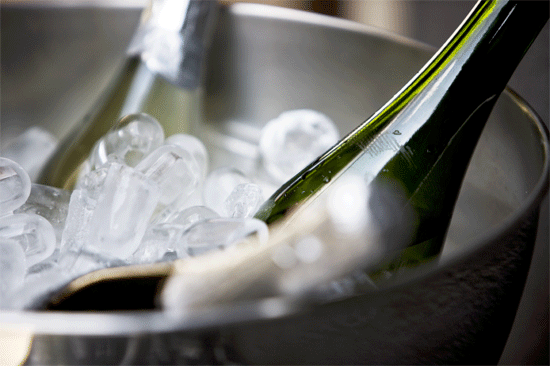
El sistema de depuración Biocarb
El proceso Biocarb, adoptado por Condorchem, es un tratamiento de depuración biológica de aguas residuales mediante un reactor (tanque) relleno con un mineral inerte -gránulos de carbón de lignito-. Este lecho poroso permite albergar en su superficie colonias de bacterias especialistas agrupadas en una perfecta simbiosis denominada 'biofilm'. Dentro del reactor se inyecta aire para favorecer el régimen aeróbico del proceso que ayuda a degradar la materia orgánica.
En el proceso de depuración, el agua residual fluye desde la parte superior del lecho hacia abajo, atravesándolo completamente y depurándose en un tiempo de contacto corto, debido a que la carga de ‘biofilm’ es muy elevada y que el agua sale del reactor completamente filtrada, libre de sólidos por la parte inferior. Los estudios del proyecto a nivel de laboratorio diagnosticaron que las aguas residuales eran fácilmente biodegradables. El problema radicaba en la heterogeneidad de la carga orgánica del vertido, que varía en función de los procesos y de la época. Tras un largo periodo de pruebas con una planta piloto Biocarb en las propias instalaciones del cliente, se verificó que la tecnología era apropiada para cumplir los objetivos de Freixenet. Finalmente la solución adoptada fue la instalación de dos reactores biológicos Biocarb con una superficie ocupada inferior a 20 metros cúbicos dispuestos en paralelo para tratar el vertido generado en la bodega Freixenet con un caudal total de 250 metros cúbicos al día.
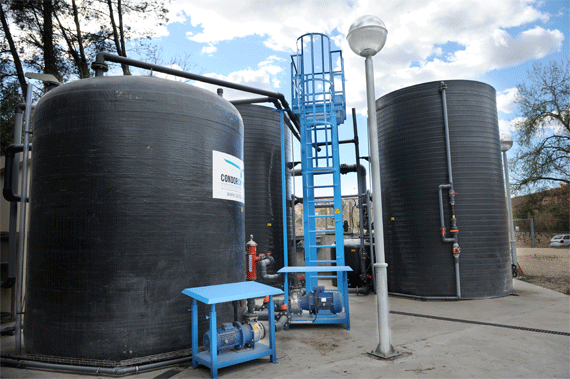
Proceso de trabajo
El efluente llega a una balsa de aireación preexistente, desde donde se bombea hacia el tamiz para efectuar una reducción de la carga de sólidos en suspensión mediante tamizado de sólidos gruesos y posteriormente sólidos finos con tamiz rotativo de 0,5 mm. Posteriormente el agua residual se envía a los dos reactores Biocarb. Al reactor le entra el agua residual por la parte superior y sale depurada por la parte inferior, luego fluye hacia un tanque de grandes dimensiones (250 m3/h) preexistente donde se almacena para efectuar el control de calidad y proceder al vertido si cumple los parámetros o bien se envía a cabecera de proceso.
Valoración de Freixenet
Gloria Martí, responsable de Medio Ambiente de Freixenet
1. ¿Cuáles son los beneficios de la solución aportada por Condorchem?
Los beneficios obtenidos han sido la disminución de la carga orgánica (expresada en DQO) vertida. Con esta solución hemos reducido en un 20 por ciento la contaminación de nuestras aguas residuales.
2. ¿Por qué se escogió la propuesta de Condorchem?
Escogimos Condorchem por varios motivos. Buscábamos un sistema de depuración que fuera efectivo, fácil de usar, con un mantenimiento reducido, flexible y que no generara muchos fangos, y eso es lo que la solución propuesta por Condorchem nos proporcionaba.
3. ¿Cuáles son los próximos proyectos medioambientales que Freixenet tiene previsto llevar a cabo?
Hay tres proyectos que se encuentran en nuestra agenda actualmente. Estos son:
- Reutilización de agua del enjuague interno de botellas para otros usos (riego, limpieza externa de botellas, limpieza de suelos, etc).
- Energía solar térmica.
- Reducir el subproducto obtenido del tratamiento externo de botellas en un 85 por ciento, mediante la compra de un evapo-concentrador.

